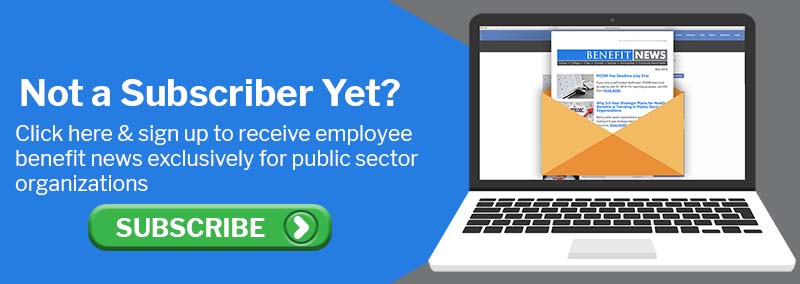2.5 minute read
Updated August 28, 2024
Many schools, cities, and counties offer a Conversion and/or Portability feature within their group life insurance plan. This allows employees to transition their life insurance coverage by either "converting" to an individual whole life insurance policy or "porting" to a different term life insurance plan once their group term life insurance protection ceases.
When employees experience a loss of coverage, they are given a 31-day window to apply for a new policly after their coverage ends. Employers play a crucial role in effectively conveying the timeframes and limitations linked to Conversion/Portability options to facilitate a seamless transition for their employees.
What Is Conversion?
With Conversion, an employee can convert their policy into a whole life policy, regardless of their state of health. Again, they must apply within the allotted time frame.
A whole life insurance policy (as opposed to a term life insurance policy) has a guaranteed cash value that builds over time and employees can take loans against the balance. Loans that are not repaid before the employee’s death will simply lower the death benefit payout. The policy also includes a cash surrender value which means if the employee decides to give up the policy, they can receive cash or continue the coverage without further premium payment.
- Premium payments may be a lot higher than the group rates
- Some policies allow conversion for coverage lost due to age reductions
- Converted coverage can continue with premium payments until the scheduled maturity date (date varies per insurance carrier) at which time the cash surrender value is paid to the employee
What Is Portability?
An employee would be eligible to convert their group term life insurance policy into a personal term life insurance policy if their plan includes portability.
An employee is eligible for Portability (regardless of their health status) as long as they apply within the stated time frame (listed in the certificate of insurance or policy). It is usually 31 days after loss of coverage. Portability is more intended to provide coverage during a gap in insurance (for example – a change between jobs). Portability is normally not allowed for disabled employees or retirees.
- Ported coverage usually costs less than converted coverage
- Premiums are often submitted directly to the carrier
- Coverage is provided for a certain “term” (period of time) and expires when the term is up
- No cash value or benefit at the end of the term
- If the employee passes away during the term, the benefit is paid to the beneficiaries
Employer Responsibility
When an employee loses coverage, employers should provide prompt notice of the timeframes and limitations of his/her conversion and portability options. Note that some policies may allow conversion for coverage lost due to age reductions. NIS customers can find Conversion/Portability forms in their administration kit. Contact your NIS Representative if you have any questions.

